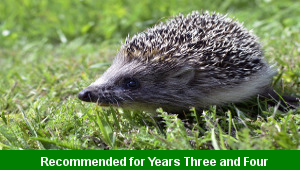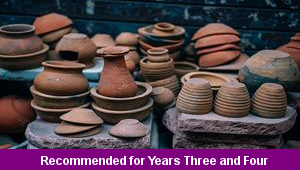Lesson One – Word Sums

This English teaching pack for Key Stage Two gets the children to identify and record changes to the meaning and spelling of words when adding the suffix ion to different roots to use when composing slogans for persuasive adverts.
The class can suggest how to improve a poor quality advert to make it more persuasive to compel someone to buy a specific product.
Download this teaching pack including a lesson plan, classroom activities and an interactive presentation to identify and record changes to the meaning and spelling of words when adding the suffix ion to different roots to use when composing slogans for persuasive adverts
Activities in this teaching pack include a display poster to suggest how to improve a poor quality advert to make it more persuasive and differentiated worksheets to practise adding the suffix ion to change the spelling and meaning of different root words ending in mit and ss.
The interactive presentation gets the children to explore and record changes to the meaning and spelling of words when adding the suffix ion to different word roots.
This lesson is part of an English scheme of work to get the children to design adverts using persuasive language to sell merchandise based on traditional tales, investigate spellings of words with ion endings and link and co-ordinate sentence clauses using conjunctions. There are teaching activities for shared learning, differentiated worksheets to support independent learning and interactive presentations to introduce concepts and key skills.
-

Classic Animal Stories
Investigate the structure and content of classic works of fiction by significant authors with animals as the main characters
-

Cities, Towns and Villages
Research and present the history of a range of different buildings and people that are part of the local community using a school exhibition
-

Recycling
Research and present some of the benefits and disadvantages that can be produced when recycling different materials at home and in school
-

Viking Pots
Develop and refine a range of different art and design techniques when working with clay to make pots that represent Viking culture and traditions
